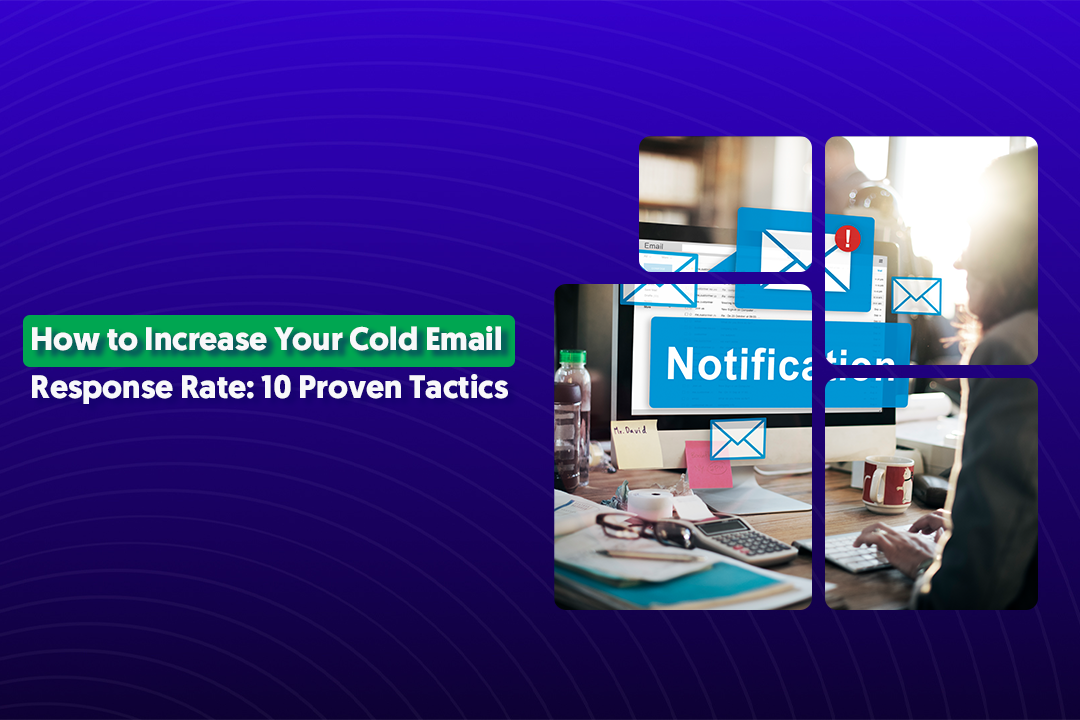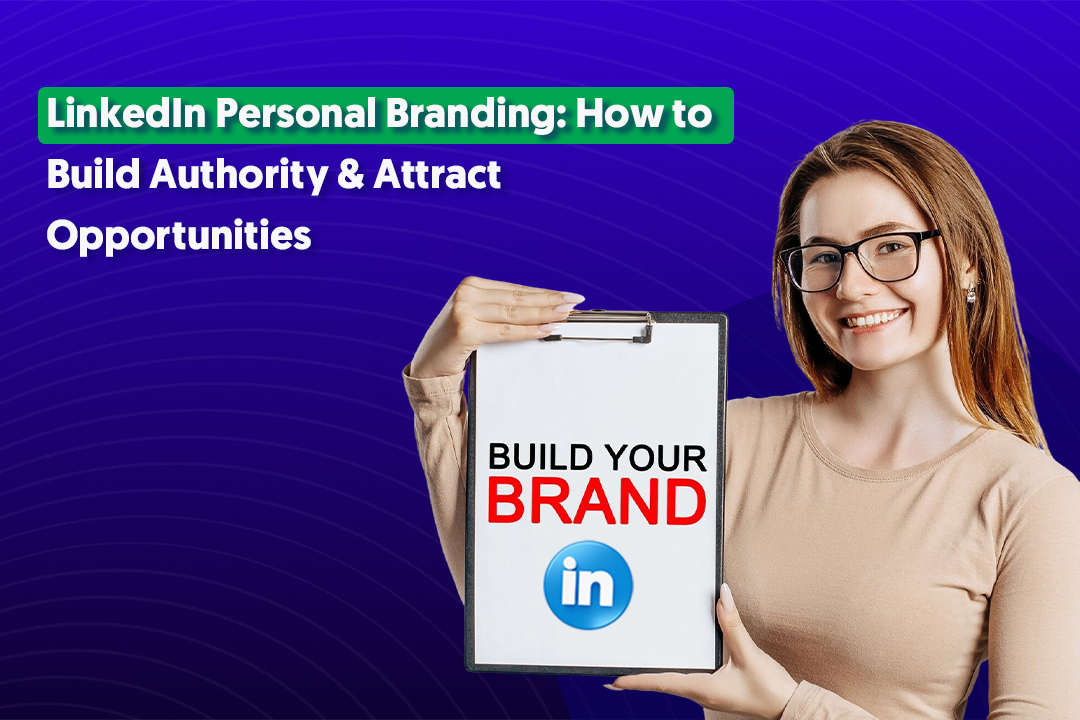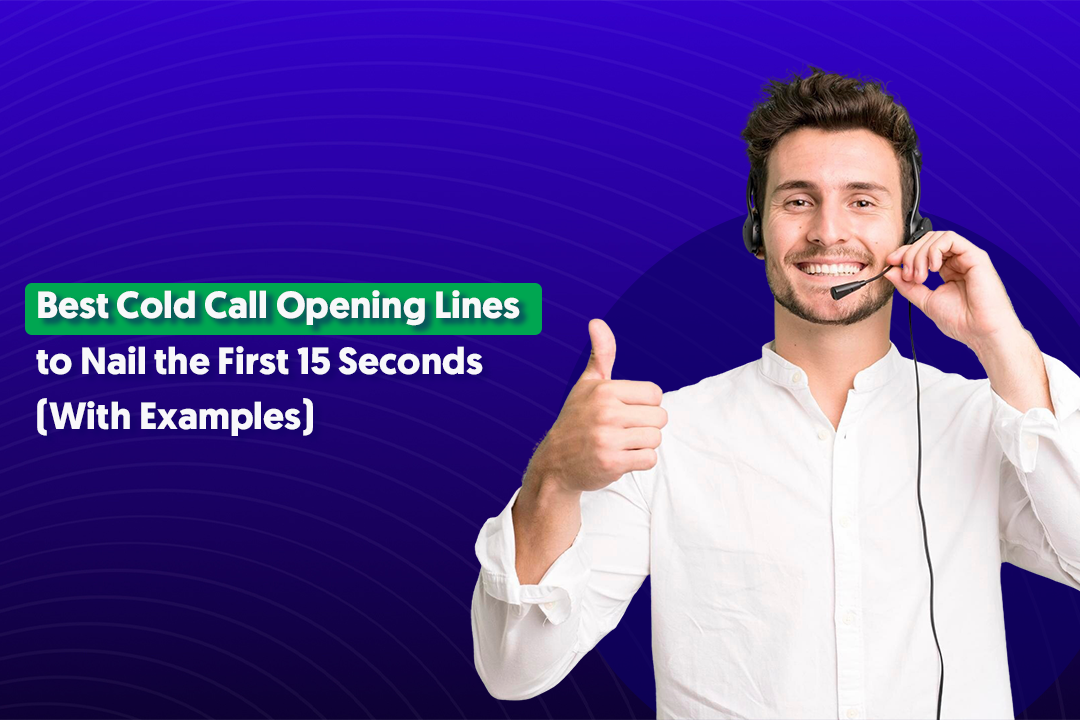Table of Content
Key Takeaways
- Data enrichment adds missing details and updates outdated records to make B2B outreach more precise.
- Using B2B data enrichment improves personalization, segmentation, and lead scoring for higher ROI.
- Enriched datasets strengthen sales and marketing alignment by giving both teams one accurate source of truth.
- Advanced data enrichment techniques like intent data and firmographics help tailor campaigns to buyer needs.
- Enrichment powers smarter GTM strategies like ABM, outbound, retargeting, and funnel optimization.
Emails bounce, LinkedIn messages go unseen, and even when you reach the right person, you might not have enough context to personalize your message.
Frustrating isn’t it?
That’s where data enrichment comes in.
In simple terms, data enrichment is the process of adding missing details to your raw prospect data, things like job titles, company size, industry, or even recent funding rounds.
When you use B2B data enrichment, your outreach stops being guesswork. Instead of blasting generic messages, you can tailor every LinkedIn connection request or cold email to the right decision-maker, at the right company, with the right context.
Today, we’ll break down what data enrichment is, why it’s so crucial for better B2B lead generation outreach, and the top GTM strategies in data enrichment that you can use right away.

What Is Data Enrichment?
Let’s start with the basics. If you’ve ever wondered, “what is data enrichment?”, think of it as the process of turning incomplete or outdated contact lists into accurate, actionable datasets.
In simple words, the data enrichment definition in B2B marketing is:
Enhancing your raw lead or customer data by adding missing details, correcting inaccuracies, and keeping information up to date—so your outreach efforts are more precise and effective.
Here’s how it typically works:
- Adding missing details – filling gaps like job titles, LinkedIn profiles, company size, or phone numbers.
- Updating outdated fields – replacing old emails, roles, or company info with current, verified data.
- Standardizing information – ensuring formats (like country codes, job levels, or industry tags) are consistent across your CRM.
Example:
Imagine you have a list of 1,000 email addresses, but half of them don’t include job titles or company names. On its own, that raw list won’t get you far. After running data enrichment, you now have:
- Full names and LinkedIn profiles
- Verified job titles (e.g., VP of Marketing vs. Marketing Associate)
- Company details like size, revenue, and industry
- Extra context like funding news or technology used
Suddenly, your outreach goes from “Hi, I’d love to connect” to “Hi Sarah, I noticed your company just raised a Series B—congrats! We help fast-growing SaaS teams like yours generate more qualified leads on LinkedIn.”
That’s the difference data enrichment makes.
Why Data Enrichment Matters in B2B Outreach
In B2B sales, the difference between getting ignored and getting a reply often comes down to how relevant your message feels.
And, here, B2B data enrichment makes all the difference. When you add depth and accuracy to your prospect lists, you can run outreach campaigns that feel personal, timely, and worth responding to.
Here’s why it matters:
Improves personalization
Nobody likes generic outreach. With enriched data, you know exactly who you’re talking to, their role, industry, and company details. That context lets you craft messages that feel like a one-on-one conversation, not a mass email blast.
Helps segment leads effectively
Not every prospect is at the same stage or has the same priorities. B2B data enrichment makes it easier to group leads into meaningful segments.
For example, SaaS companies under 200 employees vs. enterprise tech firms. Each segment gets messaging tailored to its unique pain points.
Enhances lead scoring & prioritization
Sales teams waste time when they treat all leads equally. Enrichment gives you data points—like company size, revenue, or funding—that help you assign scores and focus on the accounts most likely to convert.
Links to higher ROI
When your campaigns are more personalized, segmented, and focused, the results speak for themselves. Better response rates, more booked calls, and higher-quality conversations all translate into a stronger pipeline and measurable ROI.
At Cleverly, we’ve seen firsthand how using enriched datasets transforms outreach. Instead of chasing cold, incomplete leads, we help clients target verified decision-makers with tailored LinkedIn and cold email campaigns, making every message count.
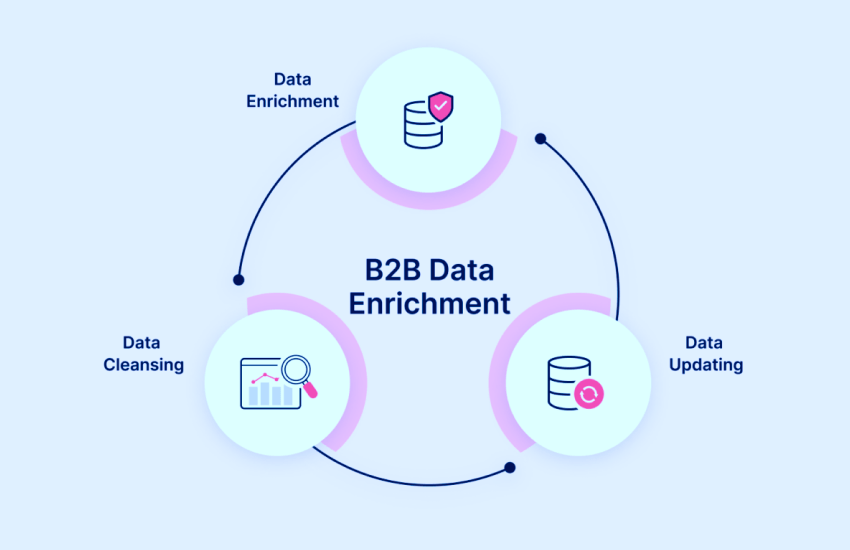
Key Benefits of Data Enrichment
The real value of B2B data enrichment goes beyond filling in missing details. It directly impacts how well your sales and marketing teams perform and how much revenue you can generate from outreach.
Let’s break down some of the biggest data enrichment benefits.
Improved Campaign ROI
When your prospect lists are accurate and detailed, your campaigns instantly become more efficient. Instead of wasting budget on bounced emails or irrelevant leads, you’re reaching the right people with the right message.
The result? Higher open rates, more replies, and stronger ROI across LinkedIn outreach or cold email.

Better Sales & Marketing Alignment
Sales teams want high-quality leads, while marketing teams aim to generate volume. B2B data enrichment bridges that gap by ensuring that both sides are working from the same, enriched dataset.
That alignment reduces friction, improves hand-offs, and keeps everyone focused on qualified opportunities instead of chasing the wrong accounts.
Accurate Ideal Customer Profiles (ICP)
Defining your Ideal Customer Profile (ICP) is only possible with accurate, detailed data. Enrichment gives you the insights to clearly identify patterns—like which industries, job titles, or company sizes convert best.
Over time, that accuracy helps you sharpen your targeting and spend more time on prospects that actually fit your ICP.
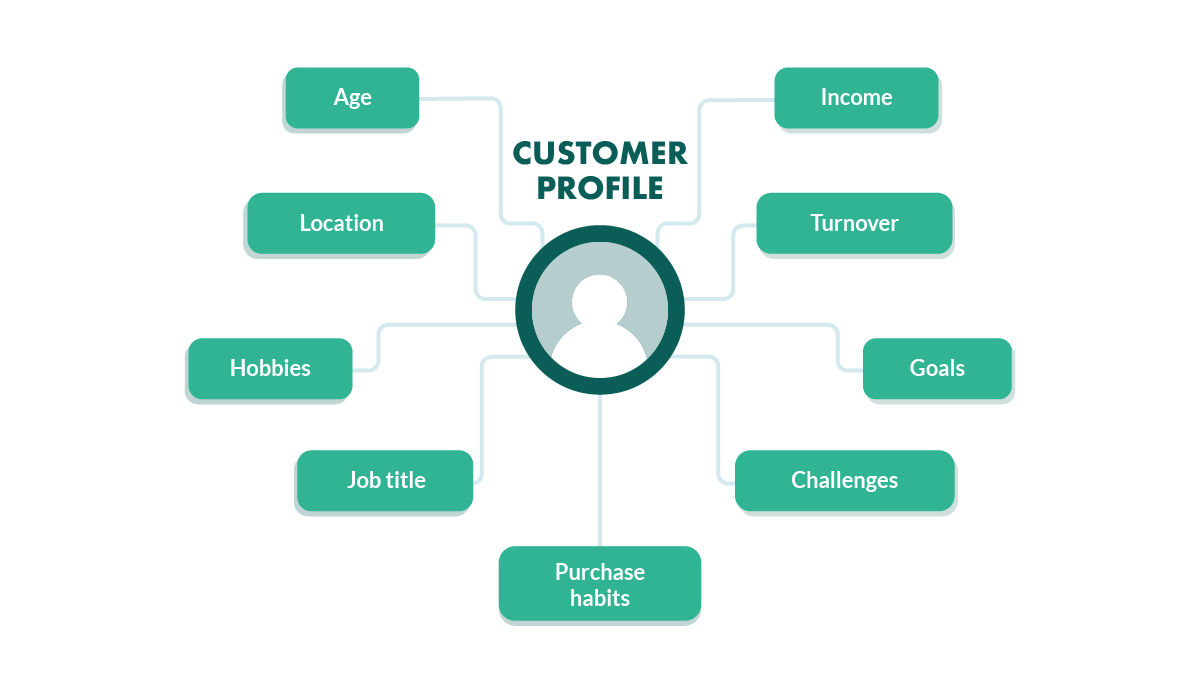
Higher Response & Conversion Rates
The more relevant your outreach, the more likely prospects are to engage. Enriched data lets you personalize messages beyond a first name—tying your solution to a specific business challenge, growth stage, or industry trend.
This naturally boosts response rates, and with more qualified leads in your pipeline, conversion rates follow.
Data Enrichment Techniques
There are different ways to approach enrichment, and the best choice depends on your tools, team size, and campaign goals.
Let’s look at the most effective data enrichment techniques used in B2B outreach today.
Real-Time Enrichment
The faster you can update and enrich your data, the better your outreach results.
Real-time enrichment ensures that the moment a new lead enters your system, it’s instantly updated with accurate details. This means fewer missed opportunities and no chasing contacts who switched jobs months ago.
APIs and CRM Integrations
Real-time enrichment is often powered by APIs and CRM integrations. Instead of manually uploading lists into enrichment tools, APIs connect your CRM or marketing platform directly with data providers.
Every time a new contact is created, details like job title, LinkedIn profile, or company info are automatically filled in. This keeps your database fresh without adding extra manual work.

Manual vs Automated Enrichment
You can enrich data by hand, looking up LinkedIn profiles, company websites, or news articles. But manual enrichment is slow, error-prone, and impossible to scale.
Automated enrichment tools, on the other hand, can process thousands of records at once and continuously refresh data as it changes. Most B2B teams use automation as their foundation, and only do manual checks for high-value accounts.
Behavioral & Firmographic Enrichment
Not all enrichment is about contact details. Behavioral enrichment focuses on how leads interact with your brand—email engagement, website visits, webinar attendance, etc.
Firmographic enrichment adds company-level details like size, revenue, location, or growth stage. Together, they help you prioritize accounts and tailor messaging to where prospects are in their buying journey.
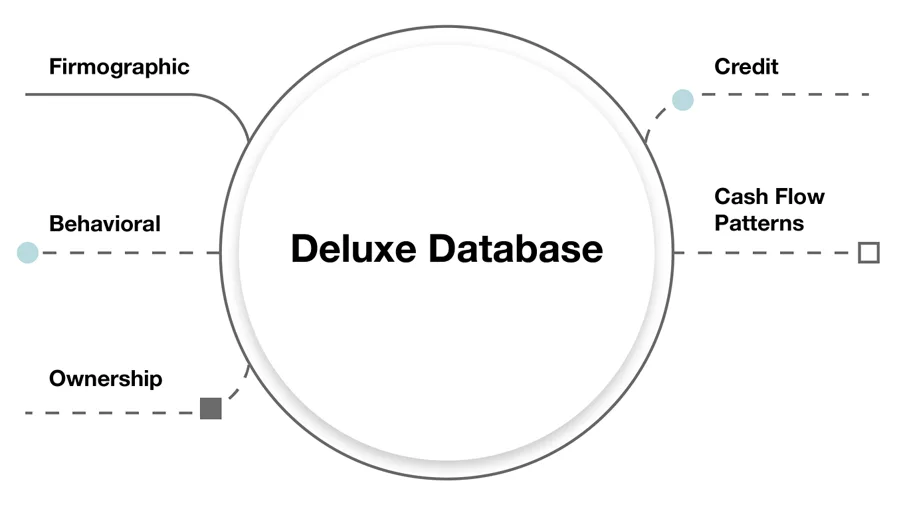
Adding Social, Demographic, or Intent Data
The most advanced data enrichment techniques go beyond basic contact and company info. You can layer in:
- Social data – LinkedIn activity, recent job moves, or thought leadership posts.
- Demographic data – seniority, education, or career background.
- Intent data – signals that a prospect is actively researching solutions like yours.
When you combine these layers, your outreach gets sharper. Instead of just knowing that someone is a VP at a SaaS company, you can see they’ve been engaging with industry articles about lead generation—making your message far more relevant.
Marketing Attribution Models Explained
If you’re running multiple outreach channels—like LinkedIn, cold email, and paid ads—you’ve probably asked yourself: Which one is actually driving results?
Marketing attribution will answer that to you.
Basically attribution help you understand which touchpoints influenced a lead to convert.
So where does data enrichment and attribution connect?
Enrichment ensures the data feeding into your attribution model is accurate, complete, and reliable. Without enriched records, your attribution reports might be full of gaps or mislabeled leads.
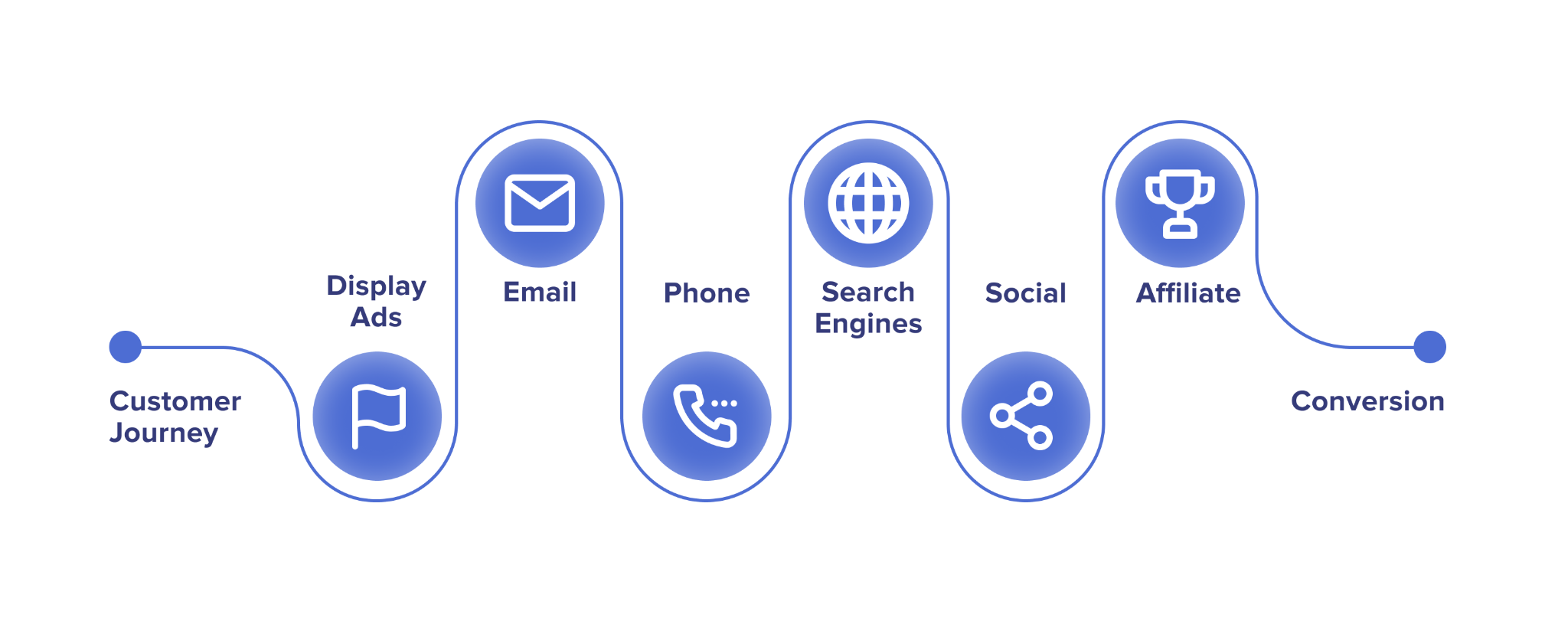
Here’s how enriched data makes attribution smarter:
Multi-touch attribution becomes more accurate
In B2B, deals rarely happen after a single email or call. A prospect might see your LinkedIn post, click on a cold email, visit your website, and then finally book a call.
With enriched data tied to each contact, you can track these steps clearly and see the full customer journey instead of giving all credit to just one channel.
Improved lead matching
If your CRM only has an email address, attribution software may not recognize the same person when they engage on LinkedIn or visit your website. With enriched data—like names, roles, and company info—your system can connect the dots and assign credit to the right channels.
👉 Let’s say you’re running both LinkedIn outreach and cold email. A raw dataset only shows “lead generated from email.” But once enriched, you can see that the same prospect actually first engaged with your LinkedIn connection request, then later replied to an email.
Now you know LinkedIn warmed the lead, and email closed the deal. That’s the kind of clarity enrichment brings to attribution.
For many B2B teams, using marketing attribution software alongside enriched records means no more guessing which campaigns work…it’s all mapped out.
Top GTM Strategies That Leverage Data Enrichment
Once you understand the value of B2B data enrichment, the next step is putting it to work inside your go-to-market (GTM) motion.
The most successful sales teams don’t just collect data, they use it strategically to drive targeted campaigns and higher-quality conversations.
Here are some of the top GTM strategies in data enrichment you can apply right away:
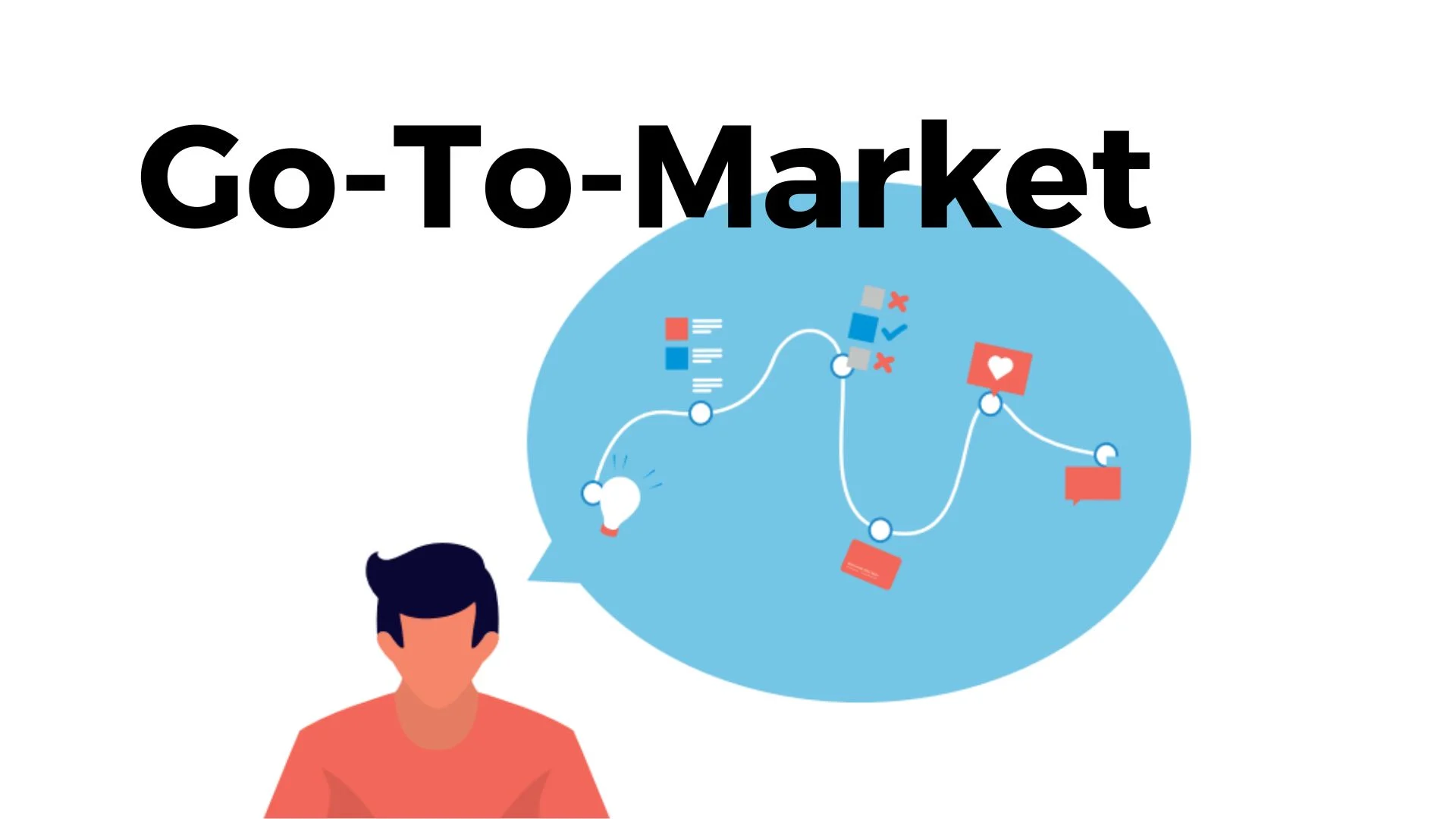
Account-Based Marketing (ABM)
ABM thrives on precision. With enriched datasets, you can identify high-value accounts that match your Ideal Customer Profile, then build personalized outreach campaigns around each one. Instead of a spray-and-pray approach, enrichment gives you:
- Decision-maker details (titles, emails, LinkedIn profiles)
- Company insights (funding, headcount, tech stack)
- Timely triggers (recent hires, acquisitions, or expansions)
This lets you engage accounts with relevant messaging that speaks directly to their current business priorities.
Outbound Campaigns (Cold Email & Cold Calling)
Outbound works best when you have context. With B2B data enrichment, you can tailor cold emails and cold calls with specifics that grab attention. For example:
- Referring to a company’s recent funding news in your opener
- Positioning your solution based on the technologies they already use
- Highlighting challenges common in their industry or growth stage
At Cleverly, we’ve helped clients scale outbound campaigns to thousands of prospects while keeping the personalization strong, all powered by enriched datasets.
Retargeting & Upsells
Enrichment isn’t just about new leads. By enriching customer records, you can:
- Spot upsell opportunities (e.g., a client hiring 50+ new reps may now need more licenses).
- Retarget churned or inactive customers with updated, relevant messaging.
- Segment existing customers for cross-sell campaigns based on firmographics or intent signals.
This ensures you’re always engaging customers with offers that fit their evolving needs.
Funnel Optimization with Enriched Data
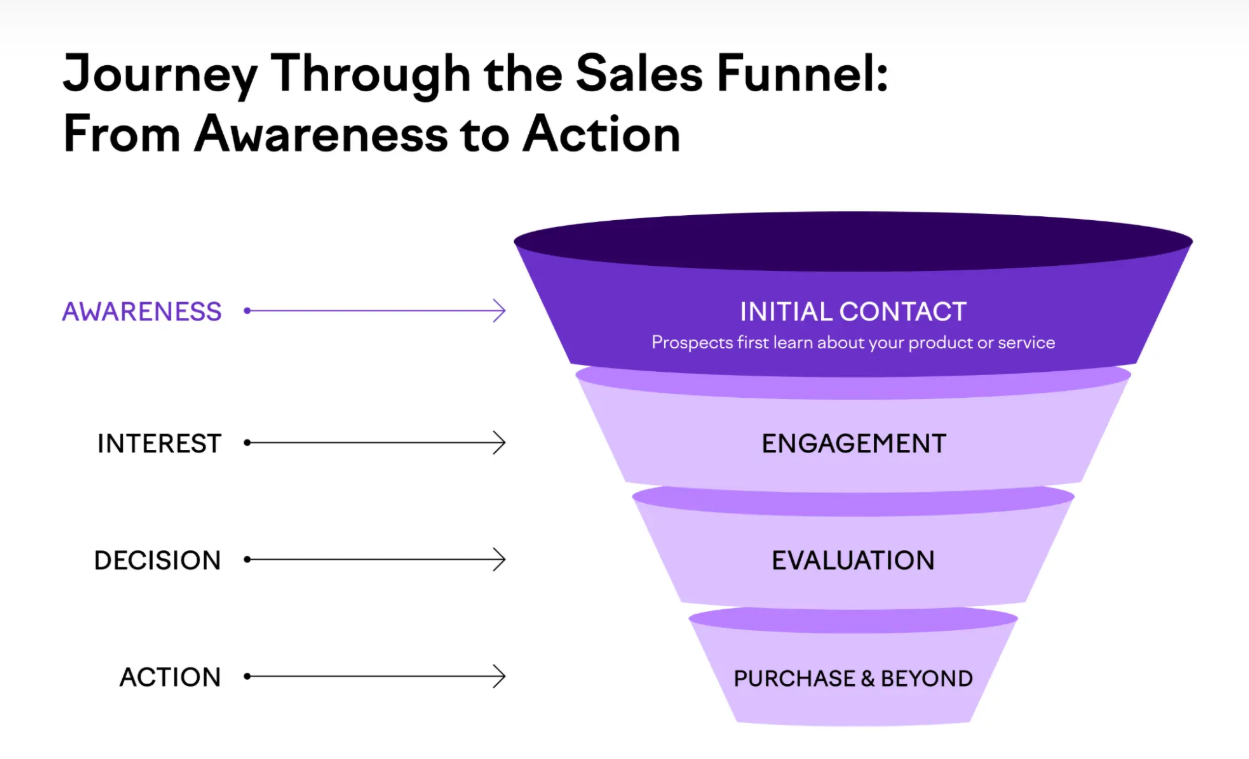
The more complete your data, the clearer your funnel becomes. With enrichment, you can:
- Identify where leads are stalling (e.g., by industry or company size).
- Fine-tune your lead scoring so reps spend time on accounts most likely to convert.
- Attribute pipeline stages more accurately, leading to cleaner forecasting.
In short, enrichment doesn’t just make outreach smarter—it makes your entire funnel more efficient.
Best Practices for Implementing Data Enrichment
Knowing the right data enrichment techniques is only half the battle. To truly get value, you need to apply them in a way that ensures accuracy, compliance, and scalability.
Here are some B2B data enrichment best practices to keep in mind:
Ensure accuracy with validation checks
Enriched data is only useful if it’s correct. Always run validation checks to confirm details like email addresses, phone numbers, or job titles are up to date. This reduces bounce rates and prevents your reps from chasing the wrong contacts.
Maintain compliance (GDPR, CCPA)
With great data comes great responsibility. Whether you’re reaching out via LinkedIn or cold email, make sure your enrichment process complies with privacy laws like GDPR in Europe or CCPA in California. Store only the data you truly need, and give contacts a clear opt-out path.
Use AI & automation instead of manual enrichment
Manual lookups don’t scale. Instead, lean on AI-powered enrichment tools and integrations that can automatically pull updated firmographic, demographic, and intent data into your CRM. Automation not only saves time, but also ensures your database is refreshed in real time.
Refresh/update data regularly
B2B data decays fast—people change jobs, companies pivot, and tech stacks evolve. Make enrichment a continuous process, not a one-time project. Setting up automatic refresh cycles ensures your outreach is always backed by the latest, most accurate information.
How Data Enrichment Improves Outreach Conversion Rates
The real test of enrichment isn’t how much data you collect—it’s how much better your outreach performs.
When applied correctly, data enrichment for lead generation makes every touchpoint more relevant and more likely to spark a response. Let’s break down where it moves the needle most.
Cold Email Campaigns → Improved Open & Reply Rates
Cold email lives and dies on relevance. By enriching your lists with job titles, industries, and company updates, your subject lines and openers instantly stand out.
Instead of “Hi there,” you can say, “Hi Sarah, congrats on your new VP role at Acme Corp—how are you planning pipeline growth this quarter?”
That level of B2B outreach personalization translates to higher open rates, stronger replies, and more booked meetings.
👀 Dive Deeper Into - Cold Outreach That Works: How Cleverly Books 1000s of B2B Leads

LinkedIn Outreach → Tailored Targeting with Enriched Data
On LinkedIn, where prospects are flooded with generic connection requests, enrichment gives you an edge.
With enriched firmographics, you can target the exact personas and industries that match your ICP. Add behavioral or intent signals, and suddenly your messages are not just timely but context-driven—making your outreach feel more like a conversation than a pitch.
SDR & Marketing Alignment → Using One Clean Dataset
One of the biggest blockers in B2B sales is misalignment between marketing and SDR teams. B2B data enrichment eliminates that gap by ensuring everyone works from the same clean, enriched dataset.
Marketing generates leads with accurate details, and SDRs prioritize them effectively. No duplicate records, no wasted touches, just smoother handoffs and higher conversion rates.
At Cleverly, we’ve seen how enrichment directly fuels results.

We’ve helped 10,000+ clients generate leads with companies like Amazon, Google, Uber, PayPal, Slack, Spotify & more—resulting in $312 million in pipeline revenue and $51.2 million in closed revenue.
By combining enriched data with proven LinkedIn outreach and cold email lead generation, we make sure your outreach doesn’t just reach inboxes—it starts real business conversations.
Want to turn enriched data into real conversations with high-value prospects? Let’s talk!
Conclusion
At its core, data enrichment isn’t just about fixing spreadsheets—it’s about giving your sales and marketing teams the clarity they need to run smarter campaigns.
From building accurate ICPs to personalizing cold outreach and aligning SDRs with marketing, enrichment turns scattered data into actionable insights that drive measurable results.
In B2B outreach, every detail matters. The more you know about your prospects—their roles, companies, and intent—the easier it becomes to send messages that resonate and convert.
Enrichment is what transforms guesswork into precision, helping you cut through the noise and connect with the right people at the right time.
And, if you want drive measurable lead generation results that combines proven techniques with enrichment, Cleverly is your partner!

Frequently Asked Questions
1. What is data enrichment in B2B marketing?
Data enrichment in B2B marketing is the process of enhancing your raw lead or customer data by adding missing details, updating outdated information, and verifying records. This helps sales and marketing teams run more personalized and effective outreach campaigns.
2. What are the most common data enrichment techniques?
Common techniques include:
- Real-time enrichment via APIs and CRM integrations
- Manual vs. automated enrichment for scaling accuracy
- Behavioral & firmographic enrichment to understand prospects and companies
- Adding social, demographic, or intent data for deeper insights
3. Can you give real-world data enrichment examples?
A simple example: a raw email list may only contain names and addresses. After enrichment, it can include job titles, LinkedIn profiles, company size, industry, and even intent signals. This allows highly personalized outreach, improving open and reply rates.
4. How does data enrichment improve lead generation?
Enriched data allows you to segment leads, personalize messages, and prioritize high-value accounts. In practice, this results in better LinkedIn and cold email engagement, higher response rates, and more qualified opportunities entering your pipeline.
5. What are the top GTM strategies powered by data enrichment?
The most effective strategies include:
- Account-Based Marketing (ABM) for targeting high-value accounts
- Outbound campaigns like cold email and LinkedIn outreach
- Retargeting & upsells for existing customers



